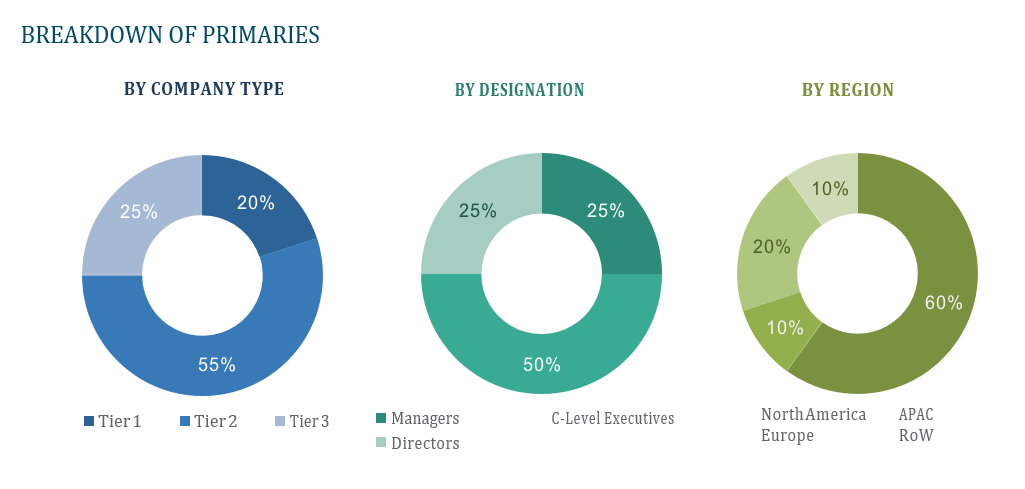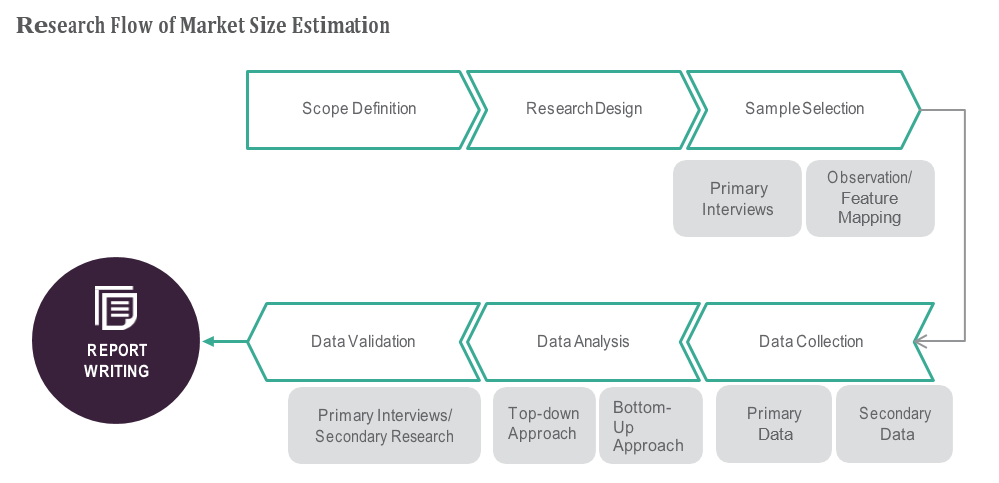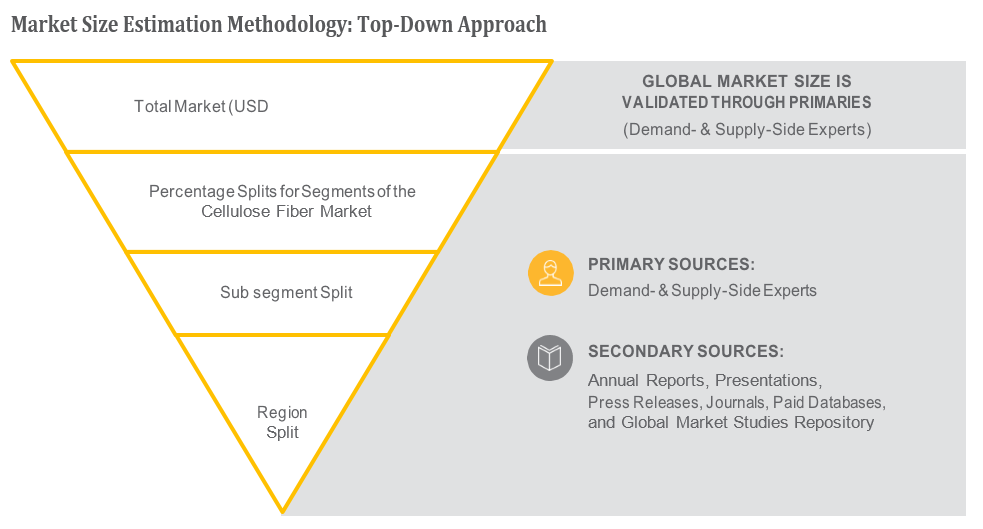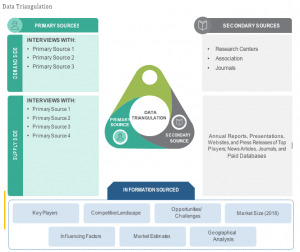OVERVIEW
The Data-centric Security Market is currently valued at USD 3.2 billion in 2024 and will be growing at a CAGR of 15.1% over the forecast period to reach an estimated USD 5.62 billion in revenue in 2029. The data-centric security market has emerged as a pivotal arena in the contemporary landscape of cybersecurity, driven by the escalating volumes of sensitive data generated and stored across diverse platforms. This market segment encompasses a spectrum of solutions and technologies tailored to safeguarding data at its core, rather than solely focusing on perimeter defense. With the proliferation of sophisticated cyber threats and stringent regulatory frameworks governing data protection, organizations are increasingly turning to data-centric security approaches to fortify their defenses. These solutions typically involve encryption, tokenization, data masking, and other techniques aimed at rendering data unintelligible to unauthorized parties, both in transit and at rest. Additionally, advanced analytics and machine learning capabilities are being integrated into data-centric security platforms to enhance threat detection and response mechanisms. As businesses strive to maintain compliance, mitigate risks, and preserve customer trust, the demand for robust data-centric security solutions is poised for continued growth, making it a cornerstone of modern cybersecurity strategies.
First and foremost is the exponential rise in cyber threats targeting sensitive data, necessitating advanced protection mechanisms beyond traditional perimeter defenses. Additionally, stringent regulatory mandates, such as GDPR and CCPA, compel organizations to implement robust data protection measures or face severe penalties, driving adoption. The proliferation of cloud computing, mobile devices, and IoT further amplifies the need for data-centric security solutions to safeguard data across diverse environments and endpoints. Moreover, the increasing awareness among enterprises about the importance of securing data at its core to mitigate risks and preserve customer trust is propelling investment in data-centric security technologies. As businesses continue to grapple with evolving cyber threats and regulatory pressures, the demand for data-centric security solutions is expected to surge, driving market growth.
Table of Content
Market Dynamics
Drivers:
First and foremost is the exponential rise in cyber threats targeting sensitive data, necessitating advanced protection mechanisms beyond traditional perimeter defenses. Additionally, stringent regulatory mandates, such as GDPR and CCPA, compel organizations to implement robust data protection measures or face severe penalties, driving adoption. The proliferation of cloud computing, mobile devices, and IoT further amplifies the need for data-centric security solutions to safeguard data across diverse environments and endpoints. Moreover, the increasing awareness among enterprises about the importance of securing data at its core to mitigate risks and preserve customer trust is propelling investment in data-centric security technologies. As businesses continue to grapple with evolving cyber threats and regulatory pressures, the demand for data-centric security solutions is expected to surge, driving market growth.
Key Offerings:
In the realm of data-centric security, a plethora of offerings cater to the diverse needs of organizations aiming to safeguard their sensitive information. Encryption solutions play a pivotal role, providing robust encryption mechanisms to render data unreadable to unauthorized parties, whether in transit or at rest. Tokenization services offer an alternative approach by replacing sensitive data with non-sensitive tokens, reducing the risk associated with data exposure. Data masking technologies further enhance security by obscuring sensitive information in non-production environments, ensuring confidentiality while maintaining usability for development and testing purposes. Additionally, advanced analytics and machine learning capabilities are increasingly integrated into data-centric security platforms, empowering organizations to detect anomalies and potential threats more effectively.
Restraints :
The data-centric security industry is confronted with numerous noteworthy constraints, notwithstanding the substantial potential opportunities. The complexity of putting into practice and maintaining data-centric security solutions is one of the main obstacles, particularly in heterogeneous IT systems with a variety of applications and infrastructure. This intricacy may result in higher deployment expenses, overhead, and possible alterations to current processes. Moreover, organisations may be reluctant to completely adopt data-centric security measures due to worries about performance deterioration, especially in high-volume transactional contexts. Furthermore, interoperability problems between older systems and other security technologies might create integration difficulties, which reduces the efficacy of data-centric security solutions. The issue is further complicated by the lack of qualified cybersecurity specialists who can oversee and execute these cutting-edge security measures, which prevents their broad adoption. Technology vendors, service providers, and organisations must work together to increase interoperability, accelerate deployment processes, optimise performance, and fund workforce development programmes in order to overcome these limitations.
Regional Information:
• In North America, the data-centric security market is propelled by stringent regulatory frameworks, such as GDPR and CCPA, which compel organizations to prioritize data protection measures to avoid hefty fines. The region boasts a mature cybersecurity ecosystem with a plethora of innovative startups and established players offering cutting-edge solutions tailored to diverse industry verticals. Additionally, the prevalence of high-profile data breaches and cyberattacks has heightened awareness among enterprises about the importance of securing sensitive data, driving investment in advanced data-centric security technologies.
• In Europe, regulatory compliance remains a primary driver, with GDPR serving as a catalyst for organizations to bolster their data protection capabilities. Moreover, the region’s emphasis on privacy rights and stringent data protection laws fosters a conducive environment for the growth of data-centric security solutions.
• In Asia Pacific, rapid digitization, burgeoning e-commerce markets, and increasing cyber threats are driving demand for data-centric security measures. Governments across the region are enacting stricter data protection regulations, further fueling market growth. However, challenges such as diverse regulatory landscapes, varying levels of cybersecurity maturity, and resource constraints pose hurdles to widespread adoption.
Recent Developments:
• In May 2022, Informatica announced a partnership with Oracle. Through this initiative, Oracle and Informatica have integrated Informatica’s Intelligent Data Management Cloud with Oracle autonomous database, Oracle Exadata Database Service, and Oracle Object Storage. This new partnership will allow simplified migrations to OCI and increased data governance facility on OCI and IDMC.
• In April 2022, Snowflake, a data cloud company, announced a partnership with Informatica leading to integration between the data cloud and Informatica’s Intelligent Data Management Cloud (IDMC).
Key Players:
IBM Corporation, Oracle Corporation, Microsoft Corporation, Symantec Corporation, McAfee LLC, Cisco Systems, Inc., Broadcom Inc. (formerly known as Symantec Enterprise), Check Point Software Technologies Ltd., Thales Group, and Dell Technologies Inc.
1) What is the projected market value of the Data-centric Security Market?
– The Data-centric Security Market is expected to reach an estimated value of USD 5.62 billion in revenue by 2029.
2) What is the estimated CAGR of the Data-centric Security Market over the 2024 to 2029 forecast period?
– The CAGR is estimated to be 15.1% for the Data-centric Security Market over the 2024 to 2029.
3) Who are the key players in the Data-centric Security Market?
– IBM Corporation, Oracle Corporation, Microsoft Corporation, Symantec Corporation, McAfee LLC, Cisco Systems, Inc., Broadcom Inc. (formerly known as Symantec Enterprise), Check Point Software Technologies Ltd., Thales Group, and Dell Technologies Inc.
4) What are the drivers for the Data-centric Security Market?
– The rise in cyber threats and stringent regulatory mandates, coupled with the proliferation of cloud computing, mobile devices, and IoT, has prompted the need for advanced data protection measures. This awareness, coupled with increased investment in data-centric security technologies, is expected to drive market growth.
5) What are the restraints and challenges in the Data-centric Security Market?
– The data-centric security market faces challenges such as complexity, performance degradation, interoperability issues, and a shortage of skilled professionals. These factors can lead to increased deployment costs, operational overhead, and disruptions in diverse IT environments. To overcome these restraints, technology vendors, service providers, and organizations must streamline deployment processes, improve performance, and invest in workforce development.
6)What are the key applications and offerings of the Data-centric Security Market?
– Data-centric security offers various solutions to protect sensitive information. Encryption, tokenization, data masking, and advanced analytics are key components. Encryption prevents unauthorized access, tokenization replaces sensitive data with non-sensitive tokens, data masking obstructs sensitive information, and machine learning enhances security by detecting anomalies.
7) Which region is expected to drive the market for the forecast period?
– North America is expected to have the highest market growth from 2024 to 2029
Why Choose Us?
Insights into Market Trends: Global Market Studies reports provide valuable insights into market trends, including market size, segmentation, growth drivers, and market dynamics. This information helps clients make strategic decisions, such as product development, market positioning, and marketing strategies.
Competitor Analysis: Our reports provide detailed information about competitors, including their market share, product offerings, pricing, and competitive strategies. This data can be used to inform competitive strategies and to identify opportunities for growth and expansion.
Industry Forecasts: Our reports provide industry forecasts, which will inform your business strategies, such as investment decisions, production planning, and workforce planning. These forecasts can help you to prepare for future trends and to take advantage of growth opportunities.
Access to Industry Experts: Our solutions include contributions from industry experts, including analysts, consultants, and subject matter experts. This access to expert insights can be valuable for you to understand the market.
Time and Cost Savings: Our team at Global Market Studies can save you time and reduce the cost of conducting market research by providing comprehensive and up-to-date information in a single report, avoiding the need for additional market research efforts.









